Year 6
Decimals and measures: Calculating the area of parallelograms and triangles
Year 6
Decimals and measures: Calculating the area of parallelograms and triangles
These resources will be removed by end of Summer Term 2025.
Switch to our new teaching resources now - designed by teachers and leading subject experts, and tested in classrooms.
These resources were created for remote use during the pandemic and are not designed for classroom teaching.
Lesson details
Key learning points
- In this lesson, we will use and investigate formulae to calculate the area of a triangle and parallelogram.
Licence
This content is made available by Oak National Academy Limited and its partners and licensed under Oak’s terms & conditions (Collection 1), except where otherwise stated.
6 Questions
Q1.
0.56 x 10
0.056
0.560
Q2.
1.405 x 100
0.01405
1.40500
Q3.
4.56 ÷ 100
0.456
456
Q4.
654.8 ÷ 10
6.548
6548
Q5.
What is the area of the shape below?
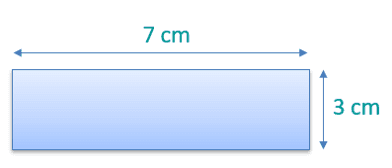
10 cm²
20 cm²
Q6.
What is the perimeter of the shape below?
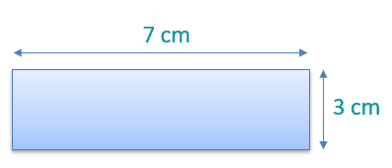
10 cm
21 cm
3 Questions
Q1.
Calculate the area of the parallelogram.
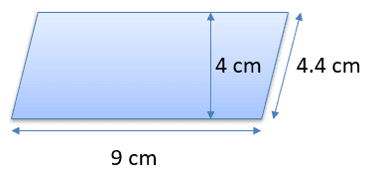
18 cm²
39.6 cm²
Q2.
Calculate the area of the triangle.
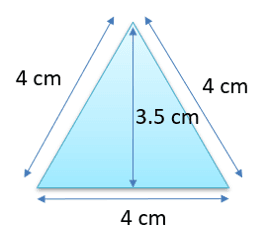
12 cm²
14 cm²
16 cm²
8 cm²
Q3.
A shape is made up of 12 congruent equilateral triangles, with base 3.4 cm and height 2.9 cm. What is the total area of the shape?
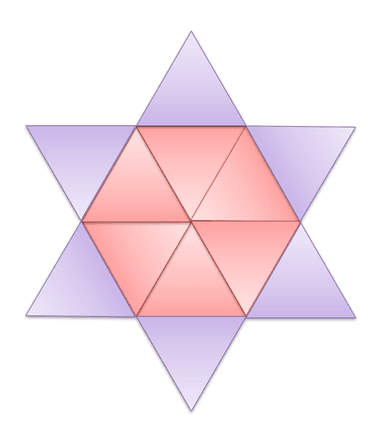
118.32 cm²
29.58 cm²

